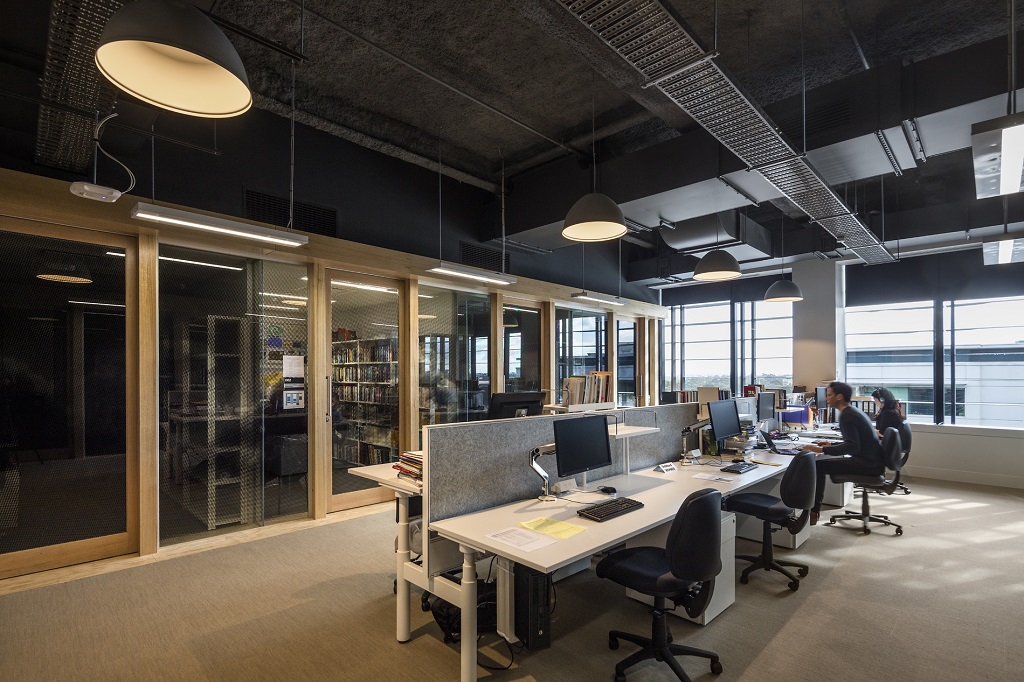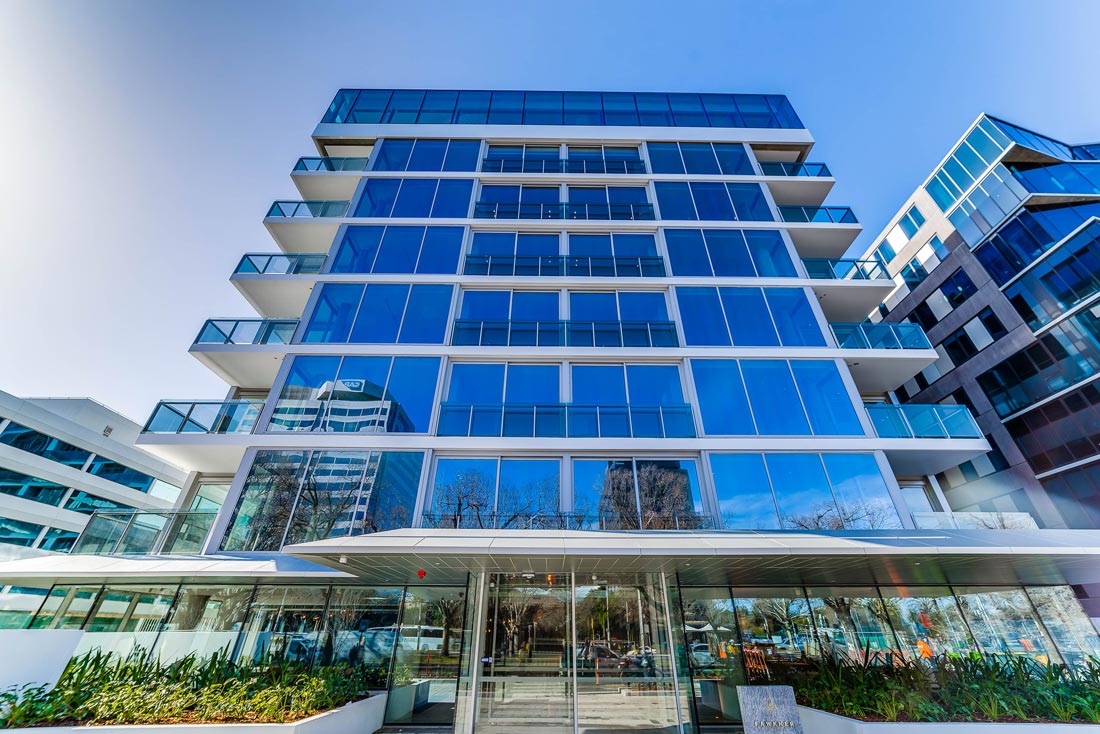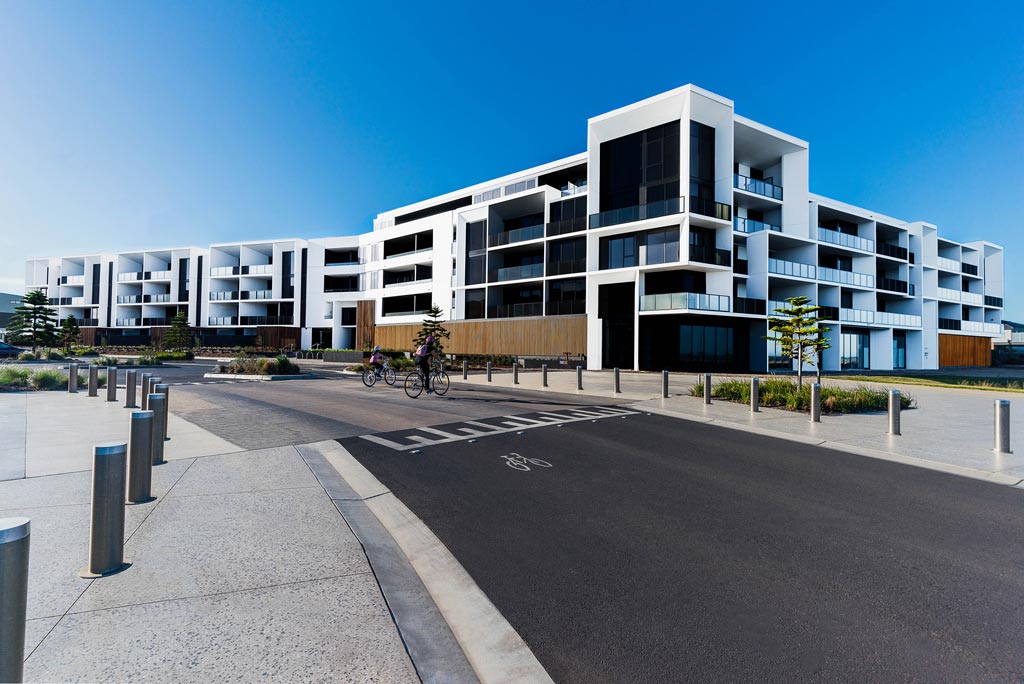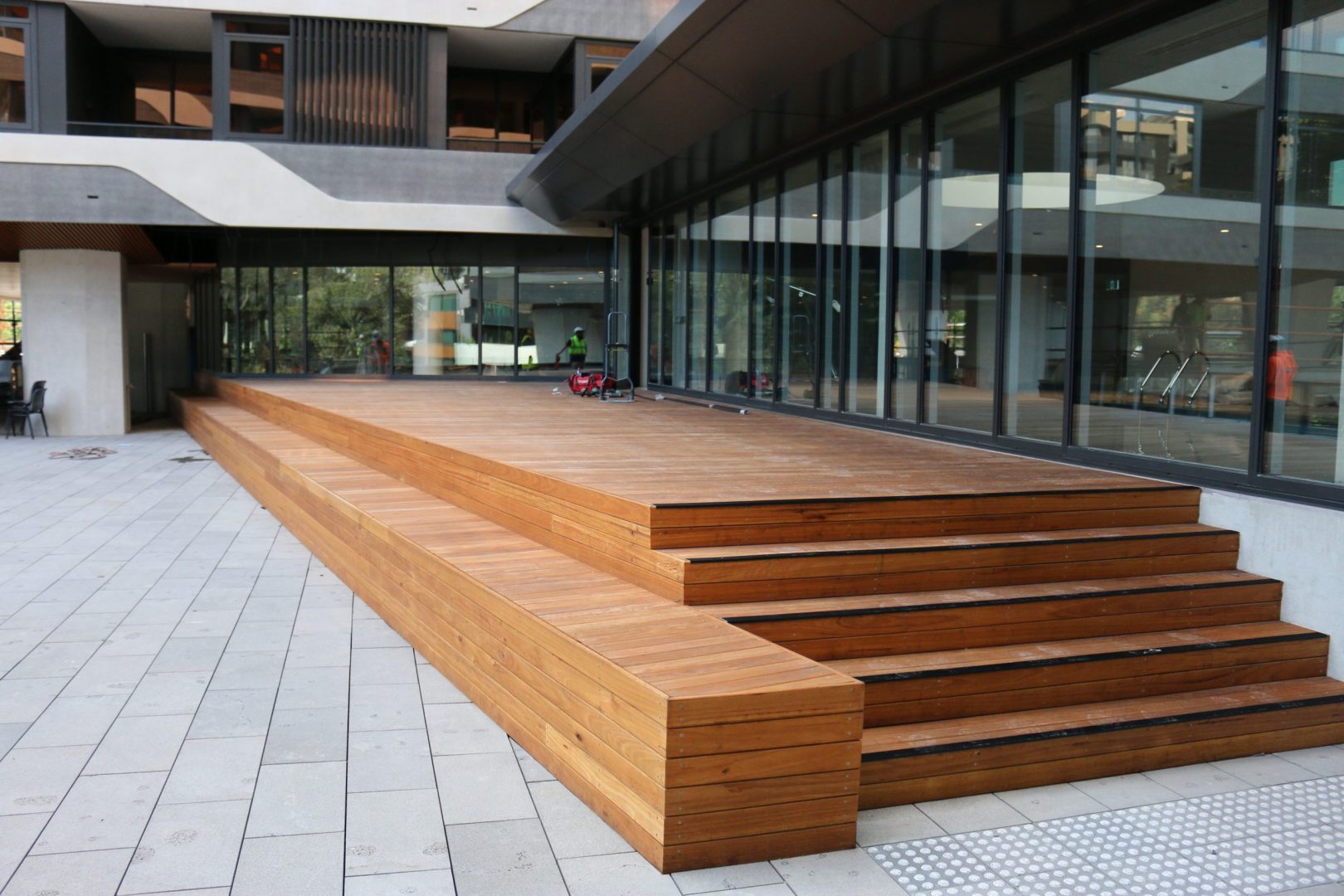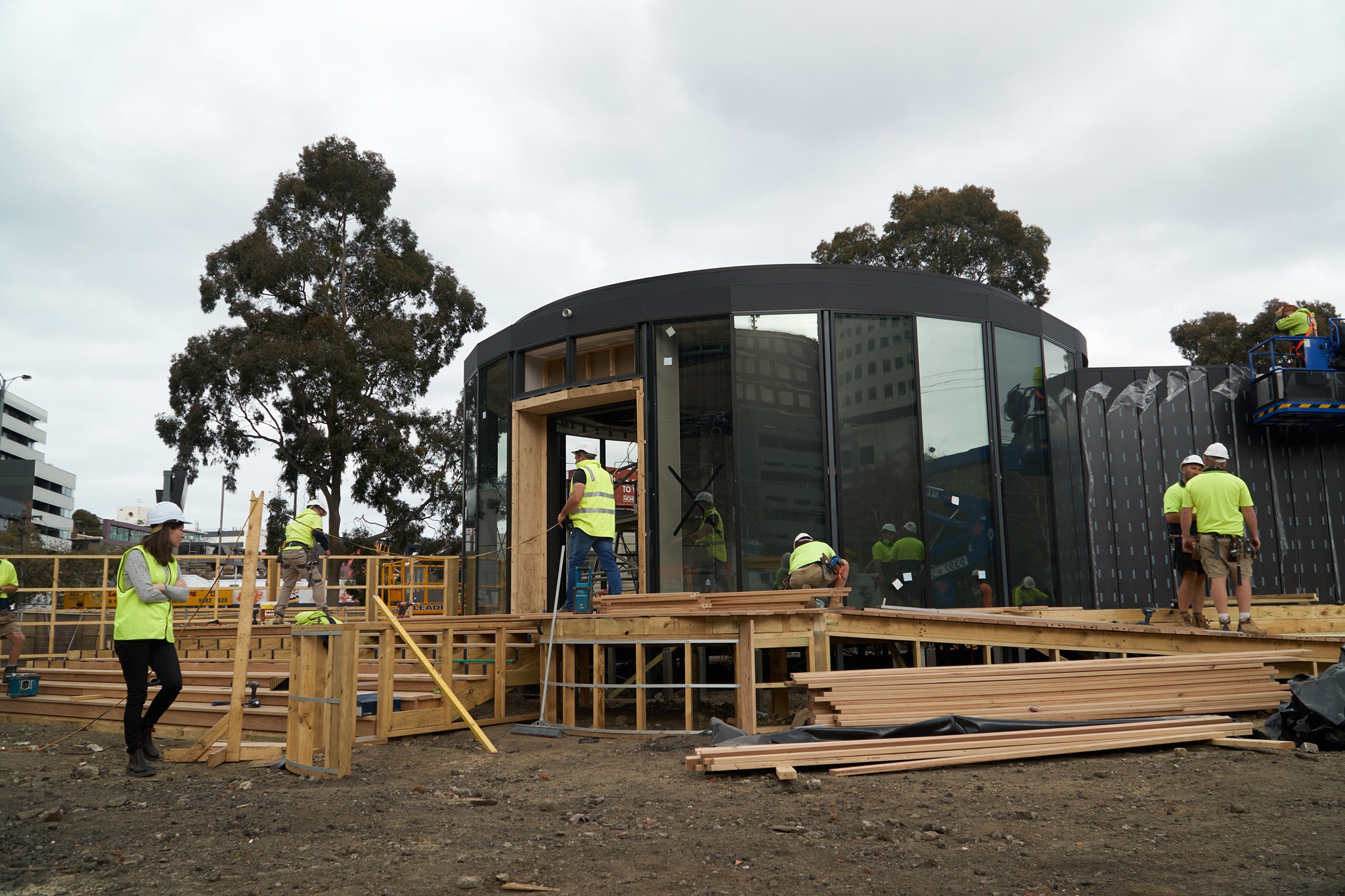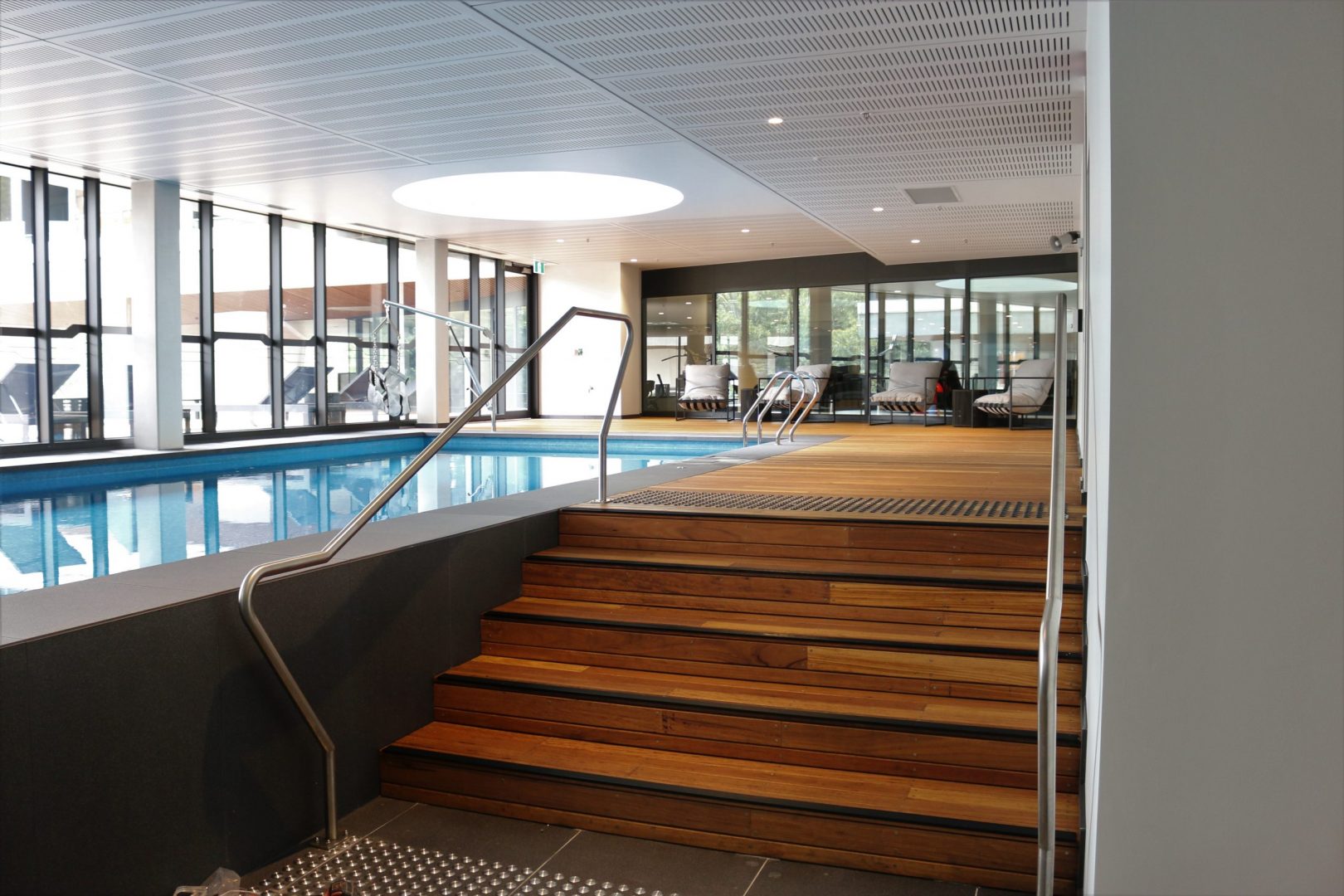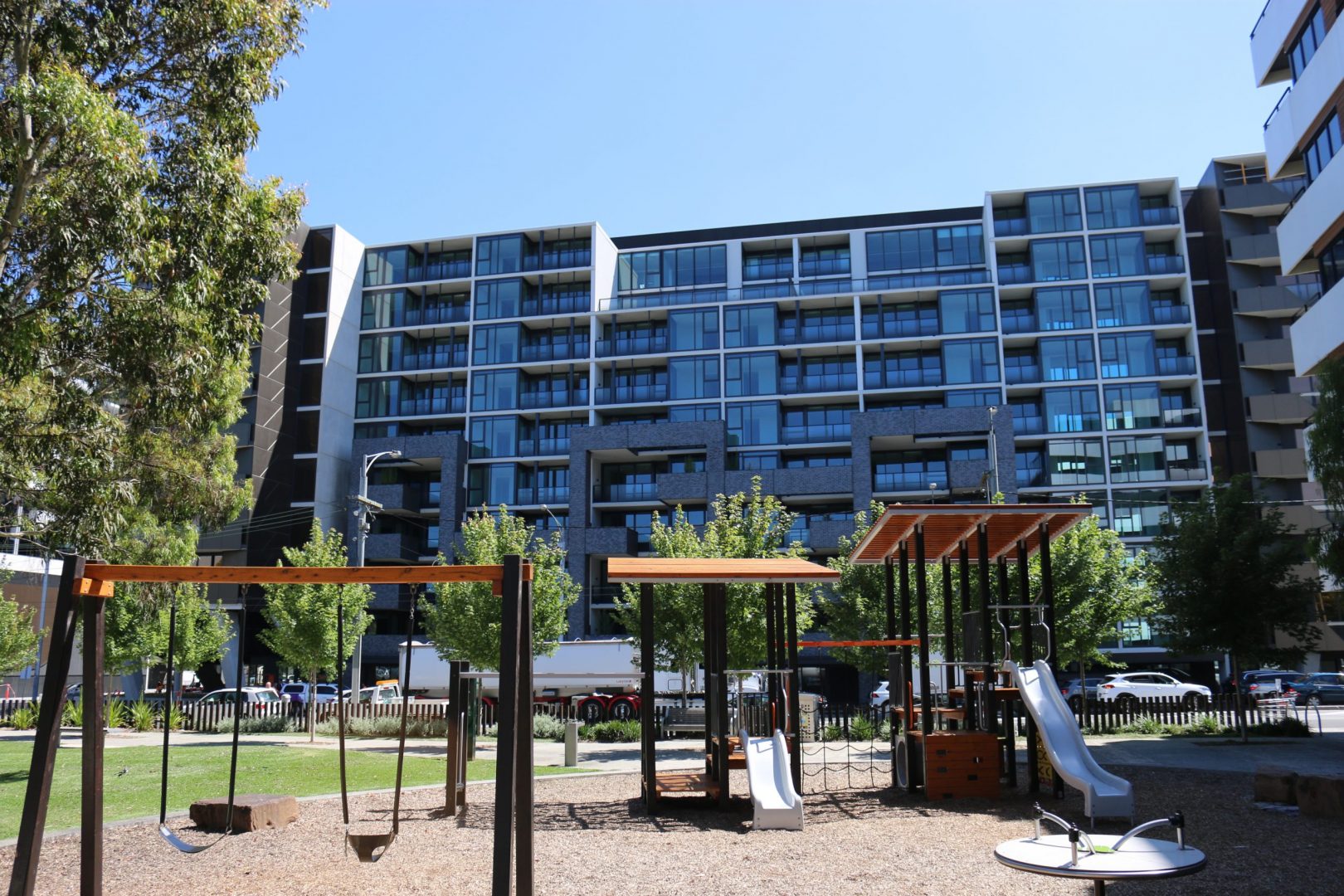
The needs of people are always changing and evolving construction. Following COVID-19, our industry is expected to undergo an unparalleled level of transformation, evolution, and adaptation. While we are still dealing with the pandemic, it is difficult to envision the future after it. However, the truth is that the events of 2020 will fundamentally alter the construction industry. What, then, is the new normal in commercial construction? Which patterns will persist, and which areas will mostly escape unharmed? In this article, we examine the Australian construction trends that are most likely to develop following COVID-19.
Building Pandemic-Resilient Cities
Numerous problems with how we now create, plan and administer cities were made clear by COVID-19. The necessity to redesign the built environment for safety, hygienic conditions and habitability is one of the biggest and most important new norms in commercial construction that have resulted from the pandemic. The creation of future cities that are pandemic-resistant will heavily rely on architects. In light of recent events, both public and private places will undergo a significant alteration, ranging from enhanced accessibility to outdoor spaces to a sharpened emphasis on sanitation and increased flexibility in public healthcare.
Sustainability Gain Greater Focus More Than Ever
Sustainability has been a pressing trend for years, and now is the moment to act decisively. The pandemic has sparked widespread worry and fear about the future, and it is evident that we must take action now to safeguard the world of tomorrow. As a result, the eco-construction movement is rapidly gaining momentum. To realise this objective, commercial buildings need to emphasise sustainable materials and energy efficiency. Building/construction partners will be essential. As more people look for ways to reduce their consumption, trends like prefabricated homes and zero-net energy homes are gaining traction in the residential and commercial construction industry.
The Rise of Prefabrication
A new hospital in just ten days. A residential building in 12 weeks. If 2020 has shown us anything, there is an increasing demand for quick, flexible building services. The solution to this issue is prefabrication. After COVID-19, it is anticipated that modular construction would become one of the main trends in architecture. Prefabrication has many advantages, including being ecologically friendly and subjecting each construction to stringent testing and quality assurance procedures. Additionally, this kind of building may be completed in a much shorter amount of time and at a very low cost. A prefabricated home, for instance, can be finished in 12 weeks as opposed to 12 months.
The changes brought forth by the decade’s turn will influence how we plan and construct the world of the future. To support our interconnected ecosystem, both economically and environmentally, the construction sector needs to place a greater emphasis on quality than quantity and conserve what we can.
Thankfully at Altitude Co, we take our responsibility to the environment seriously. We ensure that we adapt to the changes effectively without jeopardising the quality of our work. We are Melbourne-based Expert Master Builders who specialise in constructing commercial properties. We also offer small domestic and residential building services, such as home additions, remodelling, and renovations. Our team of experts will ensure that every commercial construction project is completed on schedule and with results guaranteed to satisfy the needs of the industry in which our clients operate. Contact us at (03) 9592 6332 for more enquiries.
View our profile on ICN Gateway
Search for “domestic construction”. 


